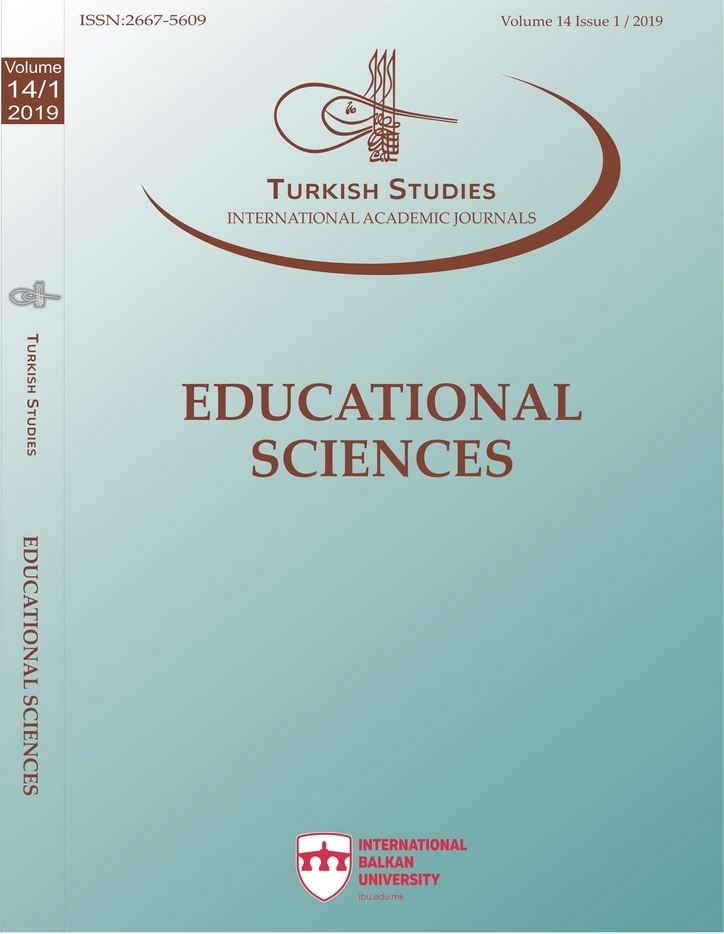Teaching Choice Function Using of Axioms of Sets and Well Ordered Countably Infinite Sets
Küme Aksiyomları Kullanılarak Seçme Fonksiyonunun ve İyi Sıralı Sayılabilir Sonsuz Kümelerin Öğretimi
___
Abian, A. (1969). “On the Independence of Set Theoretical Axioms.” Amer. Math. Monthly, 76, 787- 790. , http://dx.doi.org/10. 1080/00029890.1969.12000323.Aluffi, P. (2009). Algebra: Chapter 0, graduate studies in mathematics., Volume 104. American Mathematical Society, Providence, Rhode Island.
Burton, D.M. (2011). The history of mathematics an introduction, seventh edition. The McGrawHillCopanies, Inc.
Cohen, P. J. (2008). Set theory and continuum hypothesis. New York, NY: Dover.
Devlin, K. (1993). The Joy of Sets: Fundamentals of Contemporary Set Theor., 2nd ed. New York, Springer Verlag.
Enderton, H.B. (1977). Elements of Set Theory. New York, Academic Press.
Hajnal, A. & Hamburger, P. (1999). Set theory. London Mathematical Society, Students Texts 48, Cambridge University Press.
Hungerford, T.W. (1974). Abstract Algebra. Springer-Verlag, New York, Inc.
Ito, K. (1986). “Zermelo-Fraenkel Set Theory.” Encyclopedic Dictionary of Mathematics, 2nd ed. 1Cambridge, MA: MIT Press, 146-148.
Iyanaga, S. & Kawada, Y. (1980). “Zermelo-Fraenkel Set Theory.” Encyclopedic Dictionary of Mathematics, 2nd ed. 1 Cambridge, MA: MIT Press, 134-135
Jech, T. (1997). Set Theory, 2nd ed., New York: Springer-Verlag.
Kuratowski, K. & Mostowski, A. (1968). Set theory. Polish Scientific Publishes.
Mendelson, E. (1997). Introduction to Mathematical Logic, 4th ed. London:, Chapman and Hall.
Zermelo, E. (1930). “Über Grenzzahlen und Mengenbereiche.” Fund. Math., 16, 29-47.
- ISSN: 2667-5609
- Yayın Aralığı: 6
- Başlangıç: 2006
- Yayıncı: ASOS Eğitim Bilişim Danışmanlık Otomasyon Yayıncılık Reklam Sanayi ve Ticaret LTD ŞTİ
İkinci Yabancı Dil Olarak Almanca Öğretiminde Öğretmenlerin Karşılaştıkları Sorunlar
Ayşe Ülkü KAN, Neslihan DURAK KOÇ
Başarı Testi Geliştirme: Asit-Baz Başarı Testi Geçerlik ve Güvenirlik Araştırması
Salih ÖZKAN, MUSTAFA YADİGAROĞLU
Okul Öncesi Öğretmenlerinin Çocuk İhmal ve İstismarı ile Çocuk Haklarına Yönelik Görüşleri
PINAR BAĞÇELİ KAHRAMAN, Büşra DOĞAN, Murat ŞİMŞEK
Türk Eğitim Sisteminde Yeni Dönem: Ara Tatil
Yurt Dışında Türkçe ve Türk Kültürü Dersine Katılan Öğrencilerin Türkçe Okuduğunu Anlama Başarıları
Ortaokul Öğrencilerinin Çevre Mühendisliği Bilgi Düzeyleri
Türkçe Eğitimi Akademik Alanının Sorunlarına İlişkin Gözlemler
Konuşmaya Yönelik Tutum Ölçeği: Geçerlik ve Güvenirlik Çalışması
